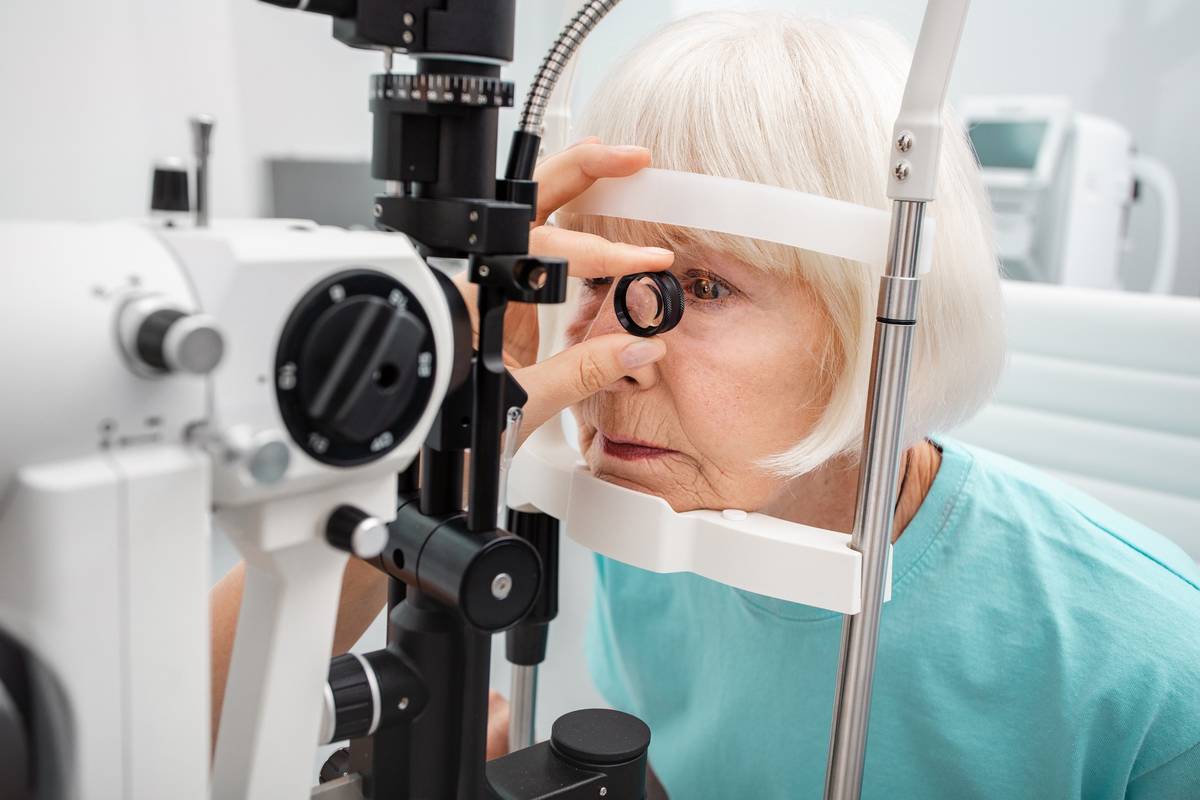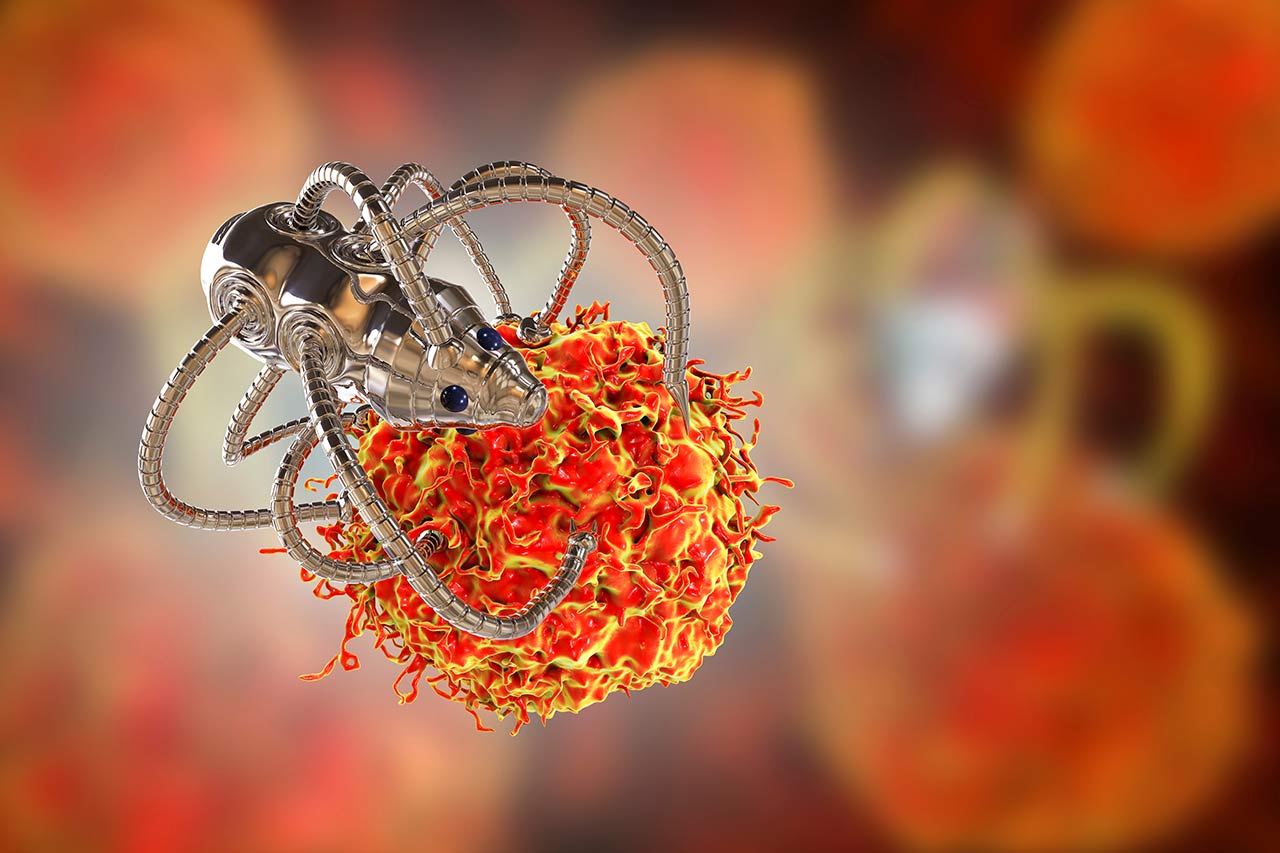What are the current standards for glaucoma care?
Glaucoma is the leading cause of permanent blindness worldwide. We are talking about an heterogenous group of chronically progressive disorders that damage the optic nerve of the eyes with a prevalence of 3 – 5 % among people aged 40 to 80 years [1].
The mechanisms are not fully understood and several risk factors were identified so far (advanced age, elevated intraocular pression, high myopia, a positive family history).
Chronic forms are painless for the patient, symptoms occur late and the vision loss can be slowed or stopped only if the disease is diagnosed and treated early. The available diagnostic methods are ophthalmoscopy, tonometry, perimetry and imaging techniques.
The treatment of patients living with glaucoma is focused on lowering the intraocular pressure (IOP), to lower the risk of glaucoma progression, using topical medications as eye drops (prostaglandins, beta-blockers, carbonic anhydrase inhibitors etc.), laser treatment, surgery or a combination of these.
We can summarize the limitations of current glaucoma treatments in low compliance of the ophthalmological treatments (especially due the frequent administration cycle), the low bioavailability of the medicine (less than 10% of the drug is absorbed into the eye), the irreversibility of glaucoma-induced vision loss [2].
What are the most advanced treatments for glaucoma?
Promising new research findings offer patients reasons to be optimistic. Alcimed reports here the most recent field of advances for the glaucoma treatment, including: nanotechnology, neuroprotection and regenerative medicine and gene therapy.
Nanomedicine devices still need to be commercialized as a new glaucoma treatment
Nanomedicine is the medical application of nanotechnology and can be used to treat glaucoma providing nanodelivery systems (as nanoparticles, nanosuspension, nanodiamonds, liposomes, etc.) to provide sustained release and better bioavailability compared to the topical eye drops.
Nanotechnology application on ophthalmologic devices (as contact lenses and ocular insert) allowed to obtain devices for a slower and controlled release of medications with long duration, using a lower drug dosage to produce a similar or better pharmacotherapeutic effect compared with the currently used eye drop dosage.
In addition, permanent implant for continuous IOP monitoring is under human clinical trials for commercial use.
Other ophthalmological devices use hydrogel technology in the glaucoma treatment, as sealant after ocular incision, due to better leakage prevention than the conventional suture for ocular surgery but also for drug delivery, incorporating nanoparticles.
Neuroprotection and regenerative medicine as a new glaucoma treatment for patients with lower stage of disease
A considerable amount of literature has emerged around the theme of neuroprotection, the use of neuroprotective agents to slow down the progression of the disease, as neurotrophins, but also co-treatment with appropriate stem cells and nanotechnologies to try to regenerate the damaged optic nerve (regenerative medicine).
Since the damaged nerve fibers of the eyes can reorganize themselves and repair the injury by creating new neural network, neuronal plasticity-based rehabilitation methods are being studied to re-educate patients in order to stimulate their residual visual capacity. However, this strategy cannot by applied if the nerve is completely damaged.
Learn more about the applications of regenerative medicine >
Genetic research has made a first step towards a new glaucoma treatment
Genome-wide studies, to identify new genes linked to glaucoma, are essential to better understand the mechanisms underlying the disease and ameliorate the treatments for patients. It practically means: improved testing, clinical trial targets and development of therapeutic approaches to target those genes. This is the first step to achieve the optimal therapy through a personalized therapy.
Researchers have recently used gene therapy in a study to successfully restore vision in mice by manipulating eye cells in the retina to recapture youthful gene function. It is the first successful attempt to reverse glaucoma-induced vision loss rather than merely stem its progression. The future goal will be fixing the biologic defect in patients with glaucoma.
We can summarize the future scenario of glaucoma treatment with better understanding of the disease, innovative drug delivery methods, technologies and treatments focused on curing and not just managing the symptoms. Furthermore, genetic could help doctors to identify the pool of patients who respond better to a certain therapy before the treatment. Alcimed will keep monitoring these latest key innovations, supporting you in the development of your related business ideas. Don’t hesitate to contact our team!
[1] Jonas, J. B., Aung, T., Bourne, R. R. A., Bron, A. M., Ritch, R., & Jonas, J. B. (2017). Glaucome. The Lancet, 390(10108), 2183-2193.
[2] Kwon, S., Kim, S. W., Khang, D. et Lee, J. (2020). Potential Therapeutic Usage of Nanomedicine for Glaucoma Treatment ; International Journal of Nanomedicine, Volume 15, 5745-5765.
About the author,
Nora, Consultant in the Alcimed’s Healthcare team in Italy
Giuseppe, Business Development Manager in the Alcimed’s Healthcare team in Italy



